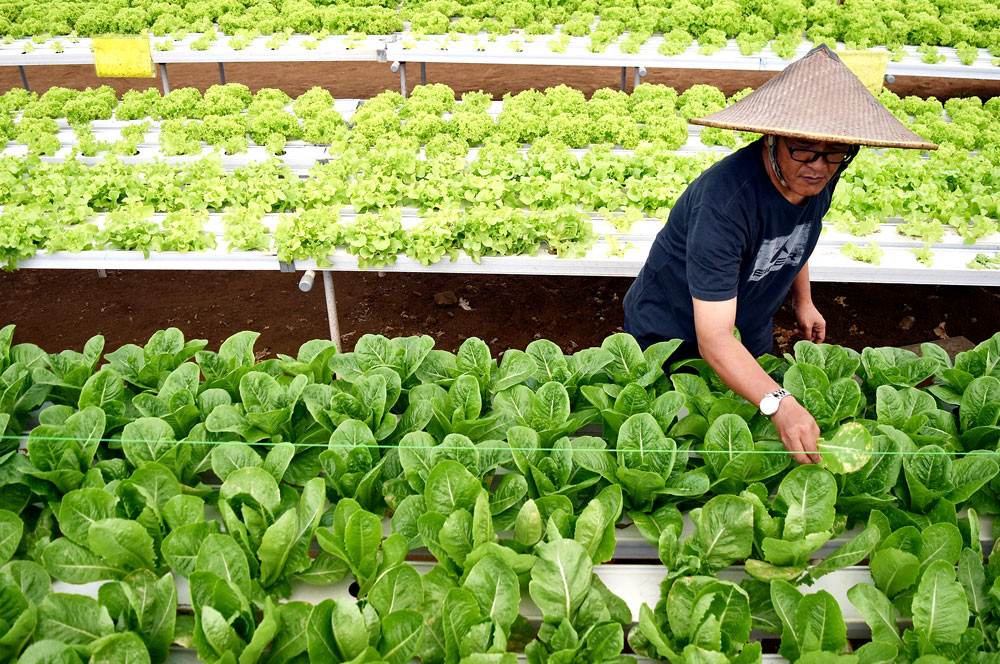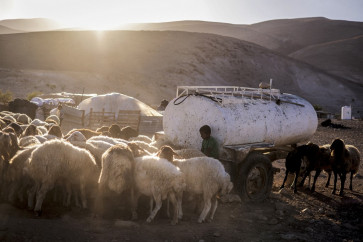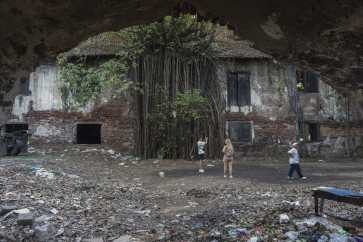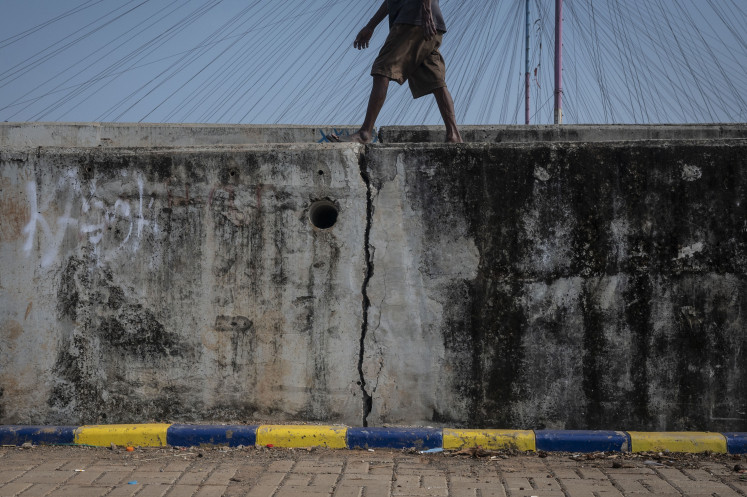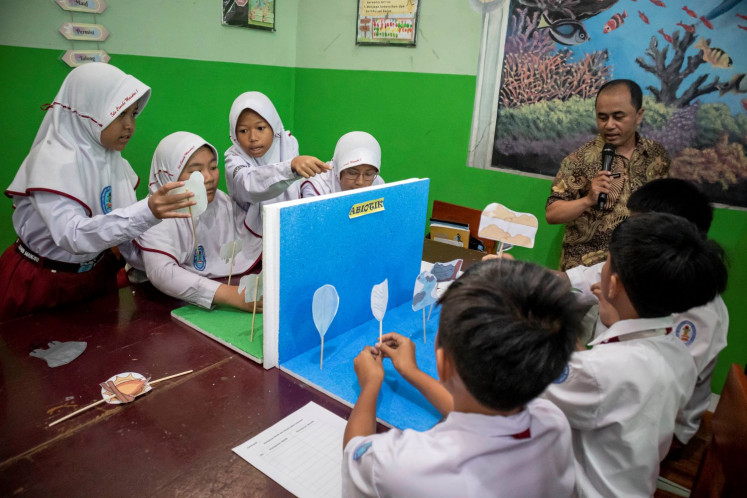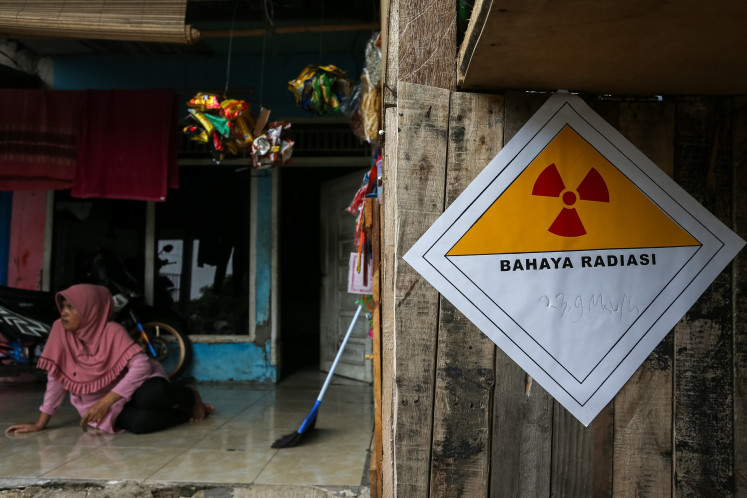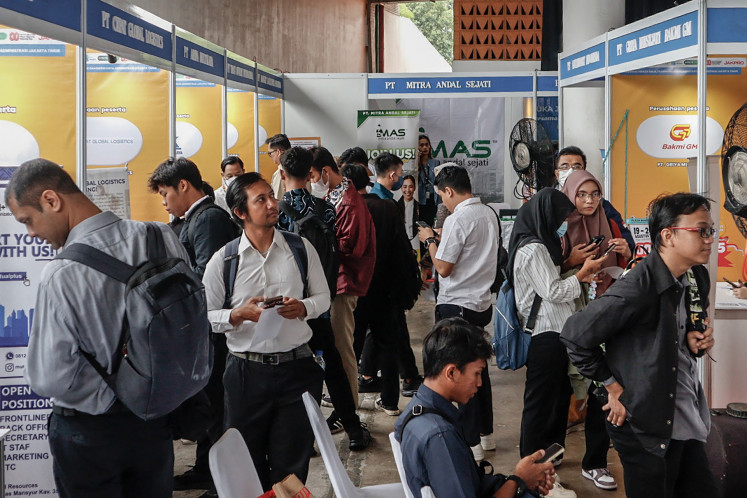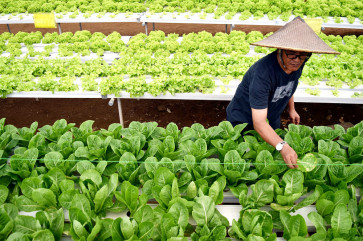Popular Reads
Top Results
Can't find what you're looking for?
View all search resultsPopular Reads
Top Results
Can't find what you're looking for?
View all search resultsEscaping the rice trap: Why our farmers need a new path
The way forward is to break free from the rice trap and move toward high-value crops, modern farming and integrated rural economies.
Change text size
Gift Premium Articles
to Anyone
W
hen I wrote recently in this newspaper about Indonesia’s rice trap on Oct. 2, I received many responses from readers across the country. Most agreed that rice remains essential, but its dominance has become a constraint. Our agriculture is stuck in a low-productivity cycle, and millions of small farmers remain poor despite decades of policy attention.
The root of the problem is structural. The average farm in Java is just 0.25 hectares. Even outside Java, most farms are too small by global standards. With such tiny holdings, Indonesia cannot compete with Thailand or Vietnam in rice efficiency, where average farm sizes are about 3 hectares and 0.7 hectares respectively. Our farmers work hard, but the scale does not allow for prosperity.
Yet small size is not destiny. What matters is not how much land you have, but how you use it. The way forward is to break free from the rice trap and move toward high-value crops, modern farming and integrated rural economies.
History shows that transformation often begins in crisis. The Netherlands, now the world’s second-largest agricultural exporter after the United States, built its success on innovation after enduring hunger during Nazi occupation in World War II. From that trauma came the resolve to create one of the most efficient farming systems in the world. Switzerland faced similar constraints with its mountainous terrain. Instead of competing in bulk crops, it turned to high-value niches, cheese, chocolate, flowers, horticulture, supported by branding, cooperatives and strong institutions.
Encouragingly, change is also taking root here at home, and many of the stories can be found on YouTube. In Tangerang, Banten, a young farmer has transformed just 1,500 square meters into a greenhouse enterprise. By staggering crop cycles, he stabilizes cash flow while supplying high-value vegetables throughout the year. In Blumbang, Karanganyar, Central Java, a village that was once trapped in low-yield farming has reinvented itself through horticulture. Farmers there now send fresh produce to urban markets in Yogyakarta and Surabaya. Farming in these communities is no longer about mere survival, it has become a pathway to prosperity.
These examples are echoed in many corners of Indonesia, but perhaps none is more inspiring than the journey of Sugeng Handoko and his village in Nglanggeran, Gunung Kidul Regency.
In Mataram, West Nusa Tenggara, I recently joined a talk show organized by Bank Indonesia. I met Sugeng, a pemuda pelopor (a young pioneer) who shows how long-term transformation unfolds. With support from Bank Indonesia’s CSR program, he led his community to reinvent itself as both a cocoa-producing area and a tourism hub. When I asked how long it took, he answered: 10 years. Nglanggeran’s transformation began in crisis, poverty, environmental stress and limited opportunities for its youth.

